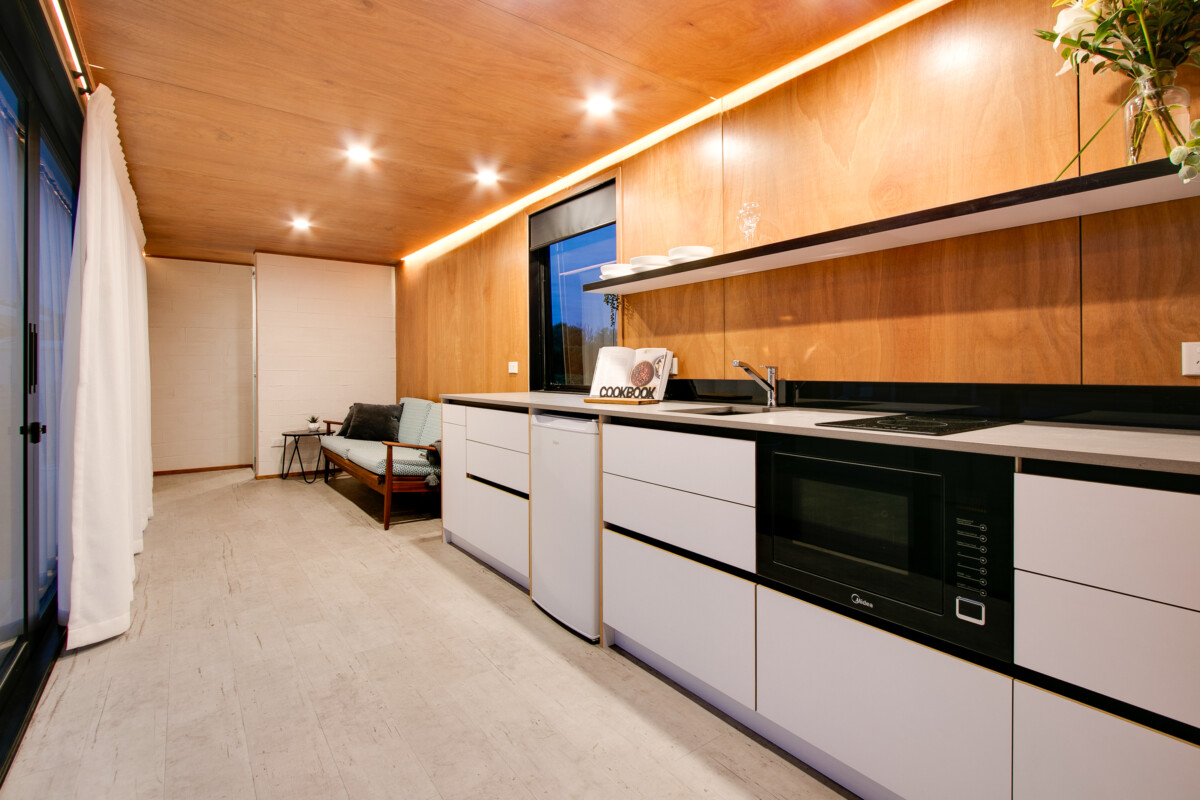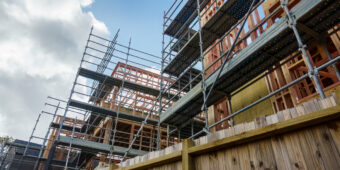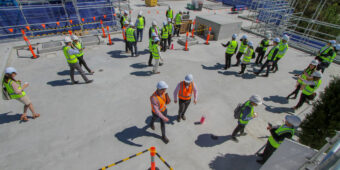Five facts about plywood
21 Sep 2023, News, Product Focus

Plywood is a popular product for construction in New Zealand, but how much do you know about this familiar material?
The chances are that you’ve used plywood more than once during your life as a builder. It’s one of those materials that’s often taken for granted. So, here are five interesting facts about plywood that you may not have known about.
1. Where does it come from?
New Zealand has two domestic producers. There is IPL, based on the West Coast of the South Island, which has been in business since 1965, and Carter Holt Harvey (CHH), based in the central North Island town of Tokoroa, in business since 1958. Both have plentiful access to the main component of plywood, New Zealand radiata pine.
However, New Zealand is small change as far as plywood production goes. China produces over half the total amount of plywood in the world and is miles ahead of any other country. India, which is the second largest producer of plywood (ahead of the United States), produces less than a sixth of the amount that China does.
2. A big pencil sharpener
The veneers that are used to create plywood are produced by a machine that works like a giant pencil sharpener. These machines rotate the logs and a large blade is used to slice off the thin veneers. It’s a fascinating process to watch!
3. Reading material
Structural plywood is required to have certain information written on it, but what does it mean?
Most plywood is rated visually on the front and back side by using the following grades:
A – High appearance grade suitable for clear finishing.
B – Appearance grade with solid sanded surface.
C – Non-appearance grade with a solid sanded surface.
D – Non-appearance grade with permitted open defects.
S – An appearance grade permitting natural characteristics as decorative features.
The most common plywood used in NZ is a CD, which means it has a C face on the front and a D face on the back.
Plywood also has an interesting panel construction code, which is not widely known, consisting of three numbers – for example 17-24-7. The first number refers to the thickness of the plywood sheet, in this case 17mm. The second number refers to the thickness of the veneers used (multiplied by 10), so the above plywood veneers would be 2.4mm thick. The last number is how many veneers the plywood has; in this case, seven (ie, seven veneers x 2.4mm thick equals 16.8mm, plus a bit of glue).
4. Core differences
In the past, most plywood sold and made in New Zealand was manufactured using 100% radiata pine veneers. However, recently there has been an influx of imported plywood that uses different timbers for their core (middle) veneers.
Poplar – lighter and less expensive than pine but not as strong. Poplar core plywood is great for uses such as internal lining, where strength is not an issue.
Hardwood – usually a eucalyptus timber, is heavier and stronger than pine. Hardwood core plywood is good to use where strength is required, such as concrete form work.
5. Online sales
Plywood is one of the top-selling products on the PlaceMakers website. Its popularity online is down to a couple of factors:
Plywood can be difficult to transport, so customers can order it online and it can be easily delivered from any of our 70 branches.
Customers often want a variety of different sizes of plywood, so rather than waste time pulling the sheets off the shelves, they can just click and collect what they want (with use of our free loan trailers if needed).
Register to earn LBP Points Sign in



